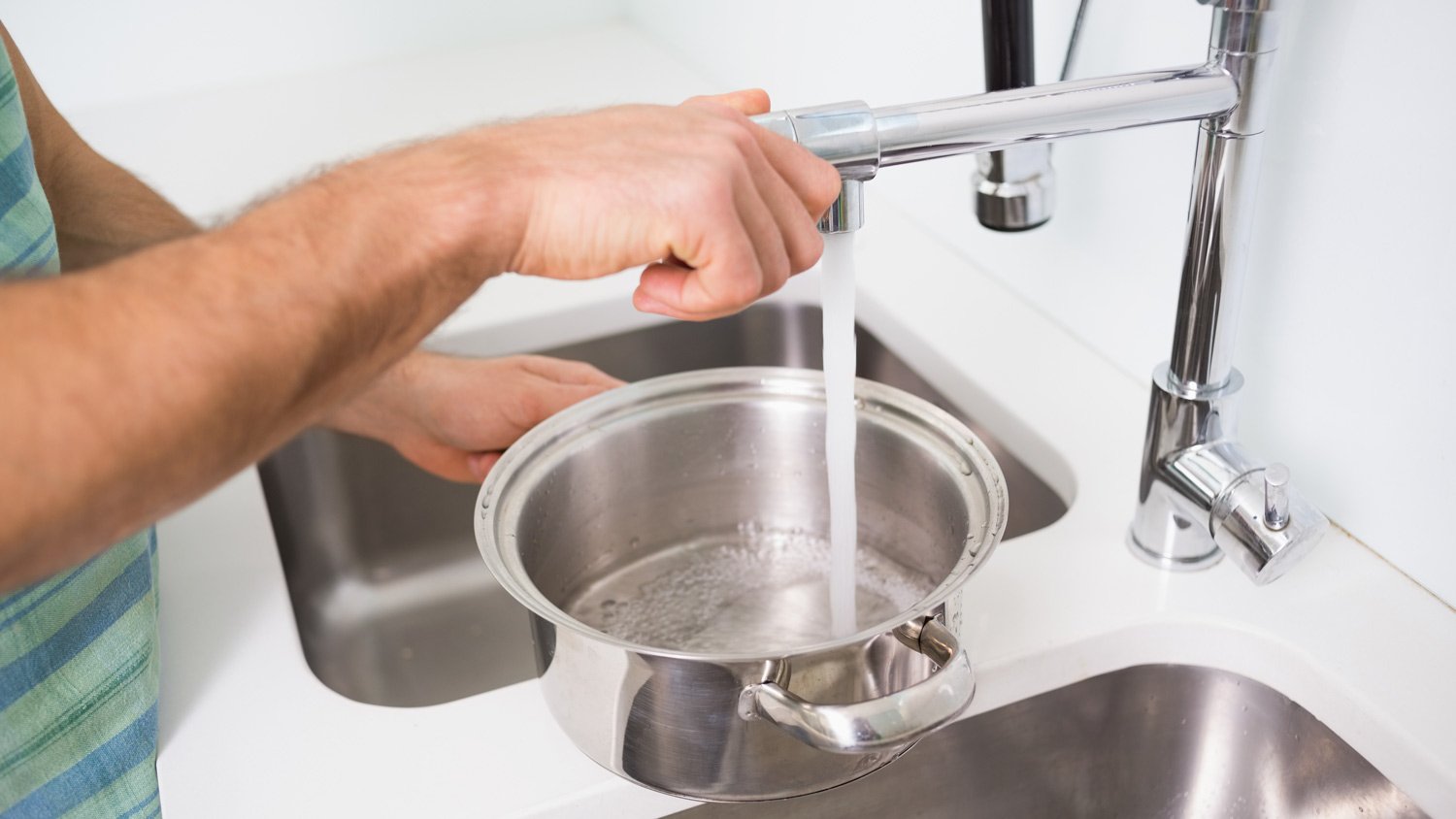New EPA Lead Pipe Plan: What Homeowners Need to Know About Replacement Costs
Lead pipes pose serious health risks—especially for children


The Biden Administration rolled out a new initiative to replace lead pipes, which cause numerous health issues.
Homeowners are still responsible for replacing lead pipes on private property.
The cost to replace pipes in your home typically ranges between $370 and $2,200.
It’s important to test your water and get your pipes inspected to see if there are any lead pipes that need to be replaced.
The Biden administration has announced a new initiative to tackle the issue of lead pipes that transport drinking water across the U.S. The ruling requires cities to replace their lead pipes as part of a larger effort to reduce lead exposure, particularly among children.
However, while the new rule improves water safety, it leaves some homeowners responsible for part of the costs—specifically, replacing lead pipes on their private property. Here’s what this means for you and what steps you can take to protect your family from lead exposure.
What Are the Dangers of Lead Pipes?
Lead exposure, especially in drinking water, poses serious health risks. According to the U.S. Centers for Disease Control and Prevention, exposure to lead in childhood can cause:
Damage to the brain
Slowed development
Learning disabilities
Hearing and speech issues
Service lines—the pipes that connect the city water system to individual homes—are considered one of the largest sources of lead exposure. Because they carry water directly into homes, they present a direct risk to the health of those living in houses with lead pipes.
How Does the New EPA Rule Affect Homeowners?
The Environmental Protection Agency (EPA) states that, under the new regulation, water utilities must replace lead service lines on public property within 10 years, though this timeline doesn’t begin for another three years. Homeowners are still responsible for replacing lead pipes on private property. That means if you have lead pipes connecting your home to the municipal water system, or if there are any inside your home, you’ll need to cover these costs yourself.
For those living in older homes, especially those built before 1986, you may have to get your home’s plumbing inspected for lead pipes and budget for replacement.
The Cost of Replacing Lead Pipes

Data from Angi homeowners shows that the average cost to replace lead pipes is around $1,250, though the cost typically ranges between $370 and $2,200. If you need to replace the water main line, the cost is a bit more pricey, with an average of around $1,700. The exact costs depend on the pipe’s length, your location, and the complexity of the replacement.
While the EPA’s new initiative is a step in the right direction, it’s important to understand that utilities aren’t required to help with these costs, though some cities or states may offer financial aid programs for those in need.
What to Do About Lead Pipes in Your Home
If you live in an older home or in an area known for having lead pipes, it’s crucial to take action to replace lead pipes and protect your family’s health. Here’s what you can do:
Get Your Water Tested: Many local utilities offer free or low-cost water testing services, or you can buy a home test kit from a hardware store.
Inspect Your Pipes: One way to identify lead pipes is by their color—they’re usually dull gray and softer than other types of metal pipes. If you scratch the surface of a lead pipe with a key or knife, it will reveal a shiny silver color underneath. A local plumber can help confirm this.
Hire a Pro for Pipe Replacement: If your water test reveals high lead levels and you’ve identified lead pipes, it’s time to call in a local lead removal service. The lead specialist can ensure that the work meets safety standards.
Explore Financial Assistance: While the new EPA rule doesn’t require utilities to pay for private pipe replacement, some states and cities offer grant programs or loans for homeowners needing financial help.
Consider Installing Water Filtration: According to the EPA, some water filtration systems can remove lead from drinking water. Installing a water filter could be an alternative to replacing your pipes, so long as the filter is tested and certified. Note, though, that you shouldn’t run hot water through the filter.





- Gas Plumbers
- Plumbing Repairs
- Sump Pump Installation
- Wood & Pellet Stove Repair
- Shower Repair
- Wood Stove Services
- Emergency Plumbers
- Fire Sprinkler Contractors
- Perc Test Companies
- Toilet Repair & Installation
- Boiler Repair
- Sewer Line Repair
- Faucet Repair
- Main Drain Camera Companies
- Foundation Drain Installation
- French Drains
- Bathtub Replacement
- Subcontractors
- Storm Drain Contractors
- Affordable Plumbing
- Plumbing & Heating Companies
- Bathroom Repair Services
- Sink Installation
- Commercial Plumber
- Barndominium Builders
- Water Line Repair
- Faucet Installation
- Water Line Installation
- Leak Detection
- Who Do I Call to Remove Lead Pipes?
- What Has Lead In It? Watch Out for These Everyday Household Items
- How to Remove Lead Paint: Every Method, Explained
- Important Lead-Safety Practices Checklist
- What to Do if You Have Lead Paint in Your Home
- 8 Tips to Winterize Your Pipes and Prevent Plumbing Issues
- The Homeowner’s Guide to Lead Clearance Testing
- 7 Types of Plumbing Used in Homes and How to Choose the Right One
- How to Troubleshoot Vibrating Water Pipes That Won’t Quiet Down
- How to Prevent Your Pipes From Freezing









